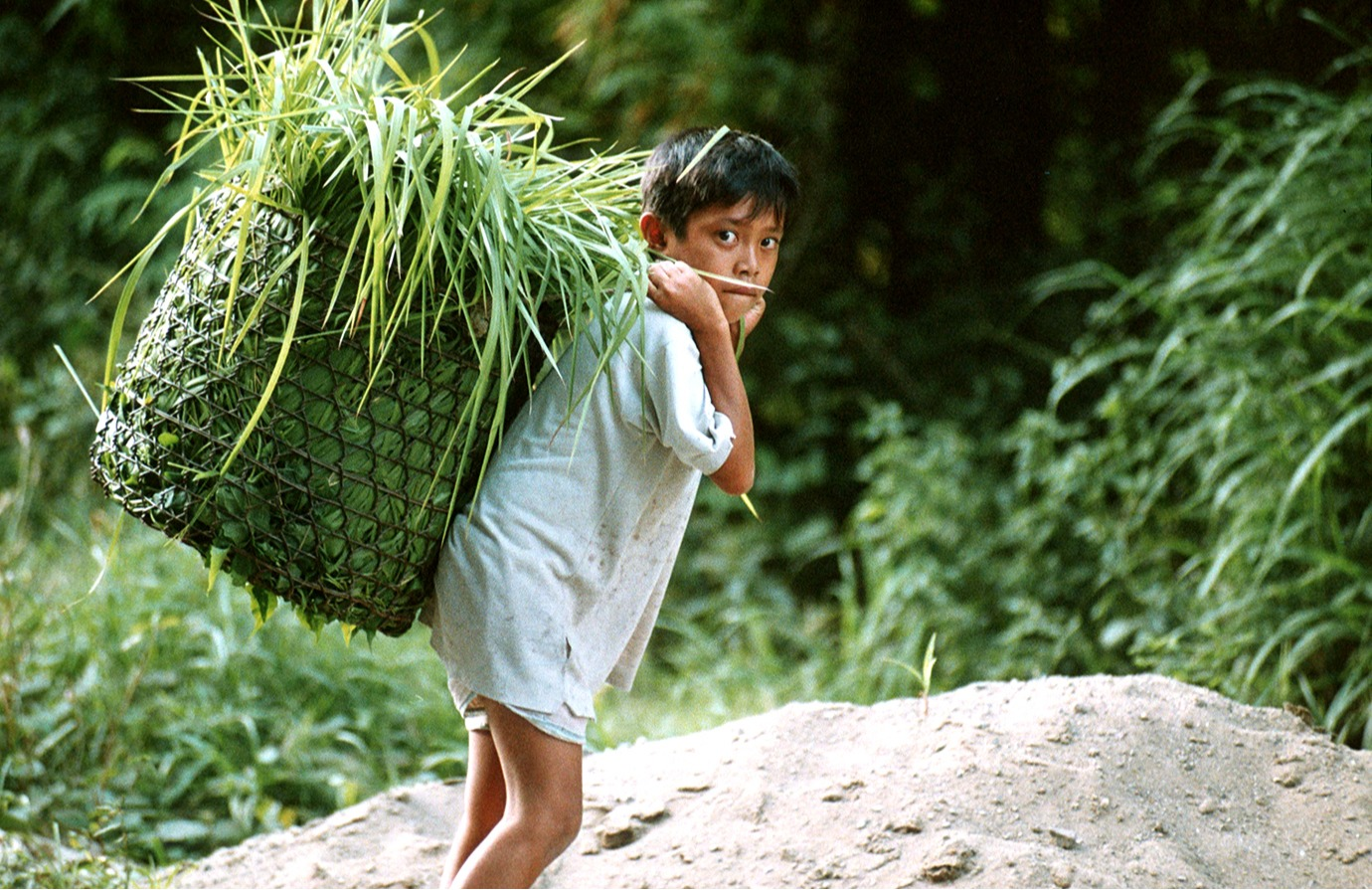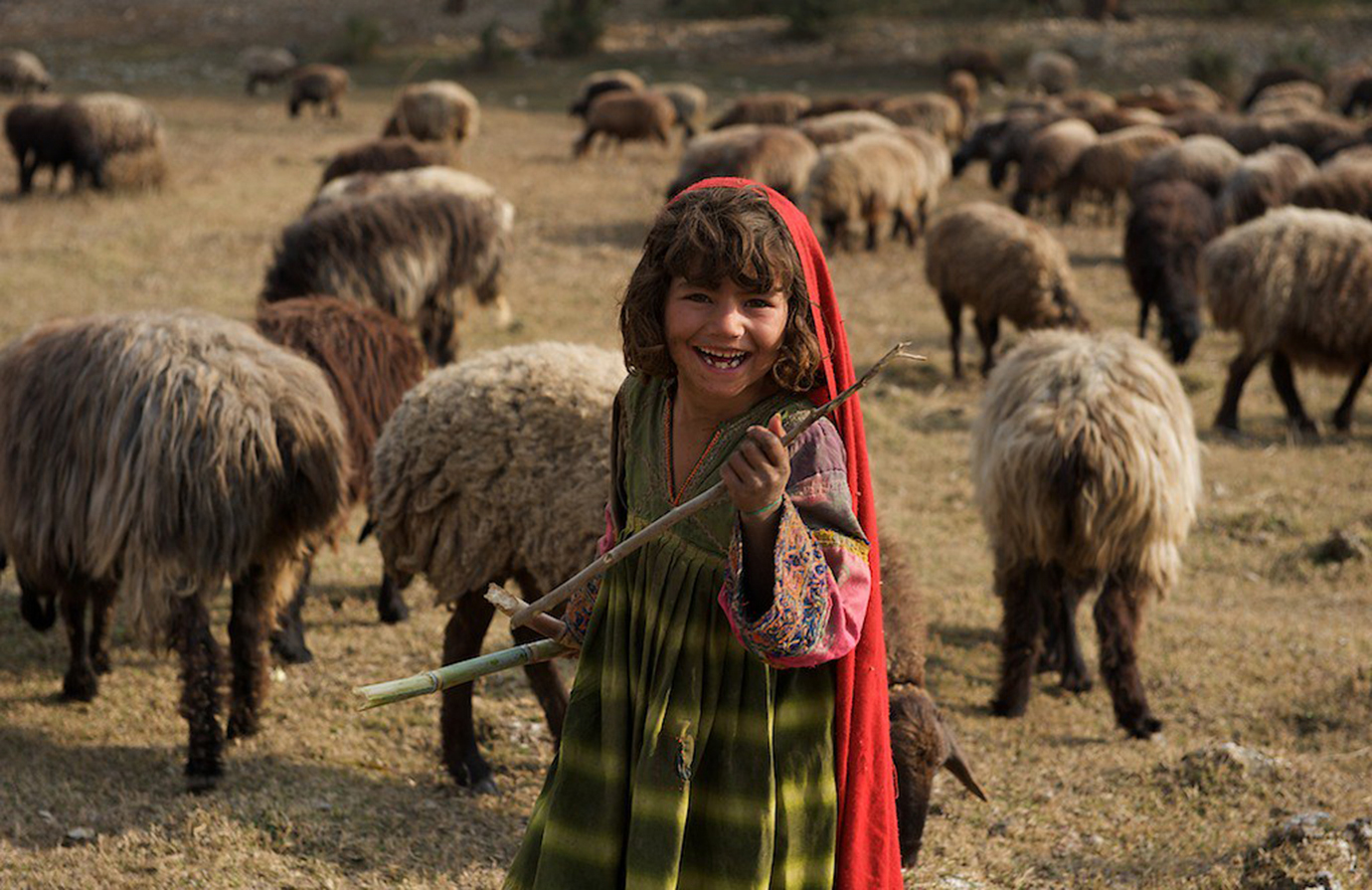Topic outline
-
-
Course
Introduction to child labour in agriculture
This course gives an overview on the complexity of child labour in agriculture and aims to raise awareness on the importance and urgency of addressing the issue. It provides foundational knowledge to understand the topic and explores what is and what is not child labour, its causes and consequences, as well as the risks and the hazards children can face in agriculture.
2 h 30 m -
Course
Engaging stakeholders to end child labour in agriculture
This course demonstrates how to carry out a stakeholder analysis to identify some of the relevant actors who can address child labour in farming, livestock, forestry and fisheries. It also provides suggestions on how to coordinate with these stakeholders in design, implementation and monitoring of initiatives that can contribute to the overall reduction of child labour in agriculture.
1 h 30 m -
Course
Using data and knowledge to end child labour in agriculture
This course explains how to utilize, gather and analyse existing data on child labour in agriculture and identify information gaps. It also provides guidance on generating knowledge, providing an overview of data collection techniques, data processing instruments, and how data can be used more effectively to inform policies and programmes.
1 h 30 m -
Course
Incorporating child labour in policies and strategies
This course explains national and international legislation aimed at preventing and reducing child labour. It provides suggestions on how to assess whether a policy adequately addresses child labour in agriculture in your country. It also suggests opportunities within the development and implementation of a national rural development or agricultural policy where consideration of child labour concerns could make a difference.
1 h 30 m -
Course
Addressing child labour in agricultural programmes
This course illustrates how agricultural programmes can help to prevent and reduce child labour in agriculture. It provides guidance at each stage of the programme cycle when integrating child labour concerns in agricultural programmes.
1 h 45 m -
Course
Monitoring and evaluation of child labour in agriculture
This course demonstrates how strong monitoring systems of agricultural programmes can incorporate child labour indicators, suggesting useful strategies. It also provides methodologies to consider when evaluating and reporting on evidence that suggests child labour may have been impacted by an agricultural initiative.
1 h 30 m -
Course
Communicating effectively to end child labour in agriculture
This course illustrates how to identify capacity development needs on child labour for agricultural stakeholders. It provides guidance on how to design tailored capacity development activities on child labour in agriculture for a target group. It also explains how to communicate effectively in order to raise awareness on the issue of child labour in agriculture among various types of audiences.
2 h -
Course
Business strategies and public-private partnerships to end child labour in agriculture
Child labour can be found at all stages of agricultural supply chains, affecting children, enterprise reputation, as well as rural and agricultural development. This course presents a number of business-oriented strategies to reduce child labour in agricultural supply chains, including in crops, livestock, forestry, fisheries and aquaculture. It aims to build specific skills, depending on work-related responsibilities and tasks, by providing concrete ideas and guidance that can be applied in real life situations.
1 h 30 m -
Course
Promoting youth employment and reducing child labour in agriculture
This course presents strategies to strengthen the impact of child labour reduction and youth employment policies and programmes by considering the two issues together. First, it builds an understanding of the differences as well as linkages between child labour and youth employment. Then, it highlights concrete measures to improve policy and programme coherence and support for young people to access decent opportunities in agriculture.
1 h 30 m -
Course
Pesticide management and child labour prevention
Children are exposed to pesticides through their work or involvement in agricultural activities, which can harm their health and development. This course explains how children are exposed, why children are more vulnerable than adults to exposure and the negative impacts. Moreover, it identifies specific actions related to pesticide management that can take child labour into account and reduce children’s exposure to pesticides. It aims to build specific skills, depending on work-related responsibilities and tasks, by providing concrete ideas and guidance that can be applied in real life situations
2 h










